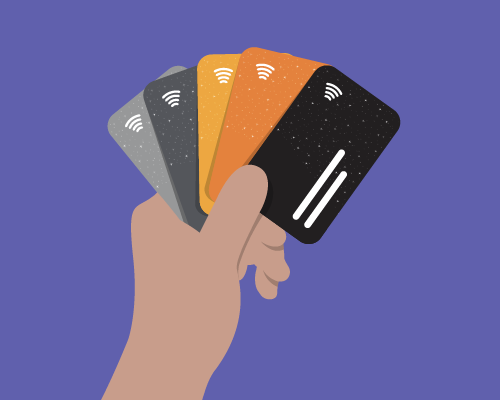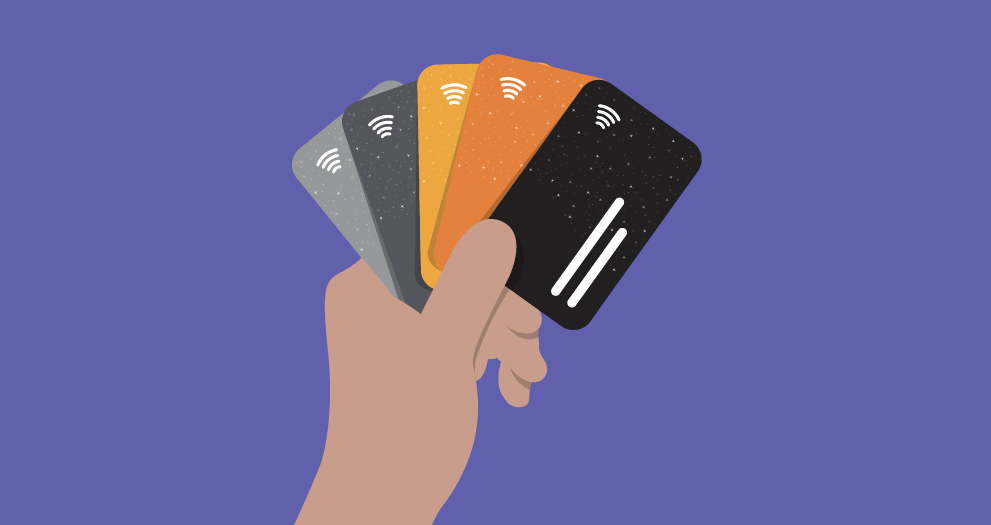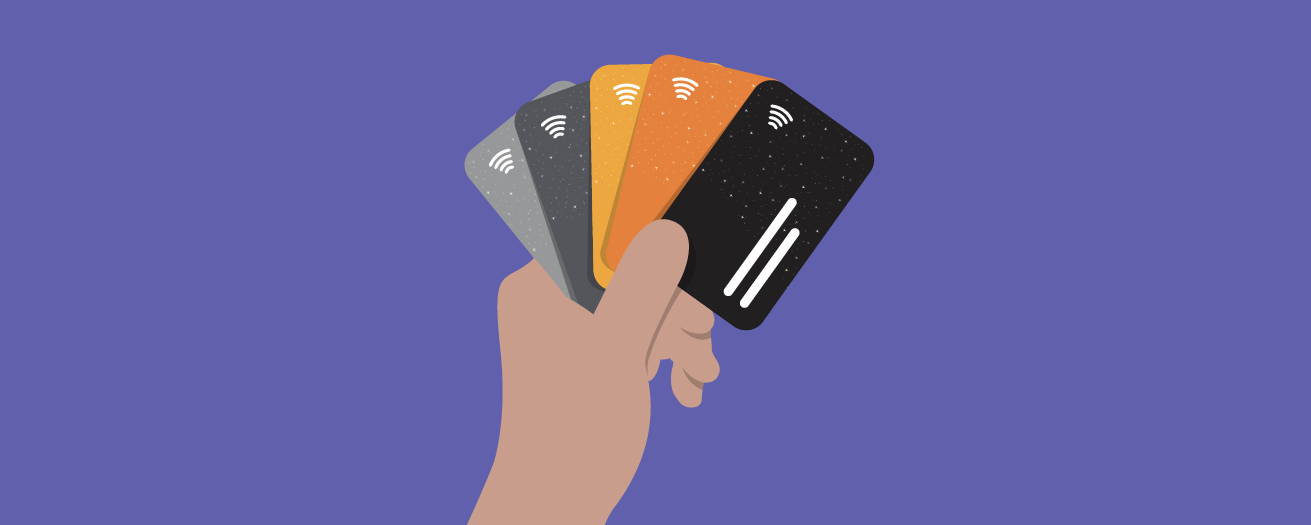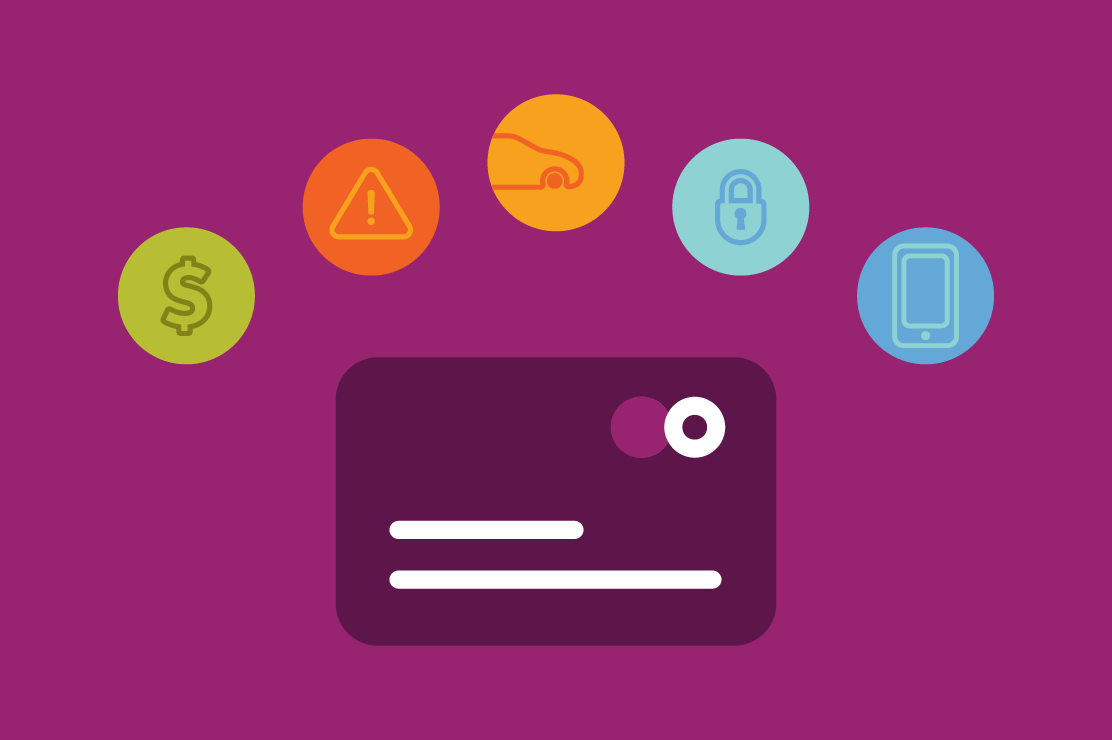Updated: June 2025
Here’s what to know before you start spending.
Every credit card company wants its card in your wallet, and most will pay you to carry it with rewards like points, miles, or cash back.
Before you sign up for that shiny new rewards card, take a minute to make sure it’s going to work for you. Here's a quick guide to help you choose wisely.
How do rewards cards work?
It’s pretty simple: You earn something back, AKA rewards, for your spending. It’s usually in the form of cash back, travel miles, or redeemable points. The more you use the card (and the more you spend), the more you earn.
Credit card companies pay for those perks with the fees they charge retailers when you use your card, and from the interest you pay if you carry a balance.
With a credit union rewards card, like one from STCU, you’ll still earn great perks and can usually enjoy fewer fees, lower interest rates, and terms designed to put members first.
Is a rewards card right for you?
Rewards cards can be great, but only if they fit your lifestyle and spending habits. Here are some things to consider before getting one:
- Do you usually pay off your balance in full every month?
- Can you use a card for most of your everyday spending?
- Are you okay with potentially higher interest rates or an annual fee in exchange for rewards?
- Do you want perks like cash back, travel, or merchandise?
If you answered “yes” to these questions, a rewards card could be a great fit. If you’re trying to pay down debt or tend to carry a balance, the costs could outweigh the benefits.
Finding the best card for you.
Not all rewards cards work the same way. Here are a few key things to look for:

- Redemption options: How can you use your points or rewards?
- Spending tiers: Some rewards only kick in after hitting certain spending thresholds.
- Registration requirements: Do you have to sign up or activate categories to earn rewards?
- Limits or expiration: Are there caps on rewards? Do they expire?
- Changing terms: Some cards change categories or perks based on the season or your usage.
- Fees: Watch for annual fees, foreign transaction fees, and penalties. Weigh those against the rewards you’ll actually use.
Make the most of it.
So, you’ve picked a card and now you’re ready to start using it.
Here are some ways to max out the benefits:
- Pay your balance in full each month: This keeps rewards almost truly “free.” (Some rewards cards have an annual fee.)
- Match rewards to your lifestyle: Love to travel? Pick a travel card. Prefer flexibility? Go with cash back.
- Don’t juggle too many cards: Focus on one or two that match your goals.
- Use your card strategically: Use your card for everyday expenses to rack up points on things you’re buying anyway.
A rewards card can be a smart way to earn something extra from the purchases you’re already making. Whether it’s cash back, points, or miles, the right card can help you turn everyday spending into real value.
Just remember, rewards only pay off if the card works for your budget and spending habits. Look for options with lower rates, fewer fees, and benefits that align with how you actually spend.




